Home>Garden Essentials>How To Grow A Tangerine Tree From Seed


Garden Essentials
How To Grow A Tangerine Tree From Seed
Modified: October 18, 2024
Learn how to grow a tangerine tree from seed in your garden and enjoy fresh, homegrown citrus fruits. Follow our step-by-step guide to achieve success.
(Many of the links in this article redirect to a specific reviewed product. Your purchase of these products through affiliate links helps to generate commission for Storables.com, at no extra cost. Learn more)
Introduction
Welcome to the wonderful world of gardening! If you’re craving the sweet and tangy taste of tangerines right at your doorstep, why not try growing your own tangerine tree from seed? Not only is it a rewarding and fulfilling experience, but it also allows you to enjoy the fruits of your labor (quite literally) for years to come.
Growing a tangerine tree from seed may sound like a daunting task, but with the right knowledge and a little bit of patience, you can successfully cultivate your very own citrus oasis. In this article, we will guide you through the step-by-step process of growing a tangerine tree from seed, from gathering the seeds to harvesting the fruits.
Before we dive into the details, it’s important to note that growing a tangerine tree from seed requires time and dedication. While it may take a few years for your tree to bear fruits, the journey itself is a rewarding experience that will deepen your understanding and appreciation for nature.
Are you ready to embark on this citrus-growing adventure? Let’s get started with the first step – gathering seeds and materials.
Key Takeaways:
- Growing a tangerine tree from seed is a patient and rewarding adventure that connects you to nature’s cycles. With love and care, you can enjoy the sweet fruits of your labor right at home.
- From gathering seeds to harvesting juicy tangerines, each step in the process deepens your understanding of nature. Embrace the journey and savor the taste of your homegrown tangerines!
Read more: How To Grow Tree From Seed
Step 1: Gathering Seeds and Materials
The first step towards growing a tangerine tree from seed is to gather the necessary materials and acquire tangerine seeds. Here’s what you’ll need:
- A fresh tangerine: Look for a ripe tangerine from a reputable source. It’s important to choose a variety that is well-suited for your climate.
- A knife or scissors: Use a sharp knife or a pair of scissors to carefully open the tangerine and extract the seeds. Take caution to avoid injuring yourself.
- A clean towel or paper towel: Prepare a clean surface to place the extracted seeds on.
- A container: Find a small container or a pot that allows for drainage. Opt for a pot with a diameter of at least 4 inches.
- High-quality potting soil: Choose a well-draining potting soil mix specifically formulated for citrus plants. Avoid using garden soil, as it may contain pests or diseases.
- A spray bottle: Fill a spray bottle with water to provide moisture when needed.
- A sunny spot: Find a sunny location in your home or garden where the seedling can receive at least 8 hours of direct sunlight every day.
Once you have gathered all the materials, it’s time to move on to the next step – preparing the seeds for planting.
Step 2: Preparing the Seeds
Now that you have collected the tangerine seeds, it’s important to properly prepare them before planting. Follow these steps to ensure the best chances of germination:
- Remove the seeds: Carefully extract the seeds from the tangerine. Gently rinse them under cool water to remove any pulp or residue.
- Drying the seeds: Place the seeds on a clean towel or paper towel and allow them to dry for a few days. Make sure they are in a cool and dry spot away from direct sunlight.
- Testing seed viability: To increase the chances of successful germination, it’s a good idea to check the viability of the seeds. Fill a glass with water and carefully drop the seeds in. Healthy seeds will sink to the bottom, while those that float may be less likely to sprout. Discard any floating seeds.
- Stratification (optional): Some tangerine seeds may benefit from a process called stratification, which helps break dormancy and improve germination rates. To stratify the seeds, moisten a paper towel and place the seeds inside. Fold the towel and place it in a sealed plastic bag. Leave it in the refrigerator for about 4-6 weeks.
Once the seeds have been prepared, it’s time to move on to the next step – planting the seeds and nurturing them into seedlings.
Step 3: Planting the Seeds
With the prepared tangerine seeds in hand, it’s time to plant them and start the journey towards growing your very own tangerine tree. Follow these steps to plant the tangerine seeds:
- Fill the pot: Fill the pot with well-draining potting soil, leaving about an inch of space from the rim.
- Make planting holes: Use your finger or a pencil to create small planting holes in the soil. Make the holes about half an inch deep.
- Plant the seeds: Place one seed in each hole and cover it with soil. Gently press down on the soil to ensure good contact with the seed.
- Water the seeds: Use a spray bottle to gently moisten the soil. Avoid over-watering, as excessive moisture can lead to rotting.
- Cover the pot: Create a mini greenhouse effect by covering the pot with a plastic bag or a clear plastic wrap. This will help retain moisture and create a warm environment ideal for germination.
- Place in a warm spot: Find a warm location for the pot, such as on top of a refrigerator or near a heat source. Aim for a temperature of around 70 to 75 degrees Fahrenheit (21 to 24 degrees Celsius).
- Monitor and mist: Keep a close eye on the pot and mist the soil whenever it starts to dry out. Avoid letting the soil become overly dry or wet.
Now that you have planted the seeds, it’s time to move on to the next step – providing optimal growing conditions for the seedlings.
Step 4: Providing Optimal Growing Conditions
To ensure the healthy growth and development of your tangerine tree seedlings, it’s crucial to provide them with optimal growing conditions. Here are some key factors to consider:
- Temperature: Tangerine trees thrive in warm environments. Aim to maintain a temperature range between 70 to 85 degrees Fahrenheit (21 to 29 degrees Celsius) during the day and above 60 degrees Fahrenheit (15 degrees Celsius) at night.
- Sunlight: Tangerine trees require plenty of direct sunlight to grow and produce fruits. Place the pot in a location where the seedlings can receive at least 8 hours of sunlight each day. If natural sunlight is insufficient, consider using grow lights to supplement the light.
- Watering: Proper watering is essential for the health of your tangerine tree seedlings. Water the plants regularly, keeping the soil moist but not waterlogged. Avoid letting the soil dry out completely between waterings.
- Humidity: Tangerine trees prefer moderate to high humidity. If the air in your home or garden is dry, consider using a humidifier or placing a tray of water near the plants to increase humidity levels.
- Fertilization: As the seedlings grow, they will require nutrients to support their development. Begin fertilizing the seedlings with a balanced citrus fertilizer diluted according to the package instructions. Apply the fertilizer every 4-6 weeks during the growing season.
- Air circulation: Adequate air circulation is important to prevent the growth of fungal diseases. Ensure that the area around the seedlings has good airflow, and avoid overcrowding the pots.
- Pest control: Keep a watchful eye for any signs of pests such as aphids, scales, or mites. If you notice any pests, take appropriate measures to control them organically, using neem oil or insecticidal soaps.
By providing the optimal growing conditions, you are setting the stage for healthy and robust tangerine tree seedlings. As they continue to grow, it’s important to provide proper care and attention, which leads us to the next step – caring for the seedlings.
To grow a tangerine tree from seed, soak the seed in water for 24 hours, then plant it in well-draining soil. Keep the soil moist and place the pot in a warm, sunny spot. It can take 2-3 weeks for the seed to germinate.
Read more: How To Grow A Tree From A Seed
Step 5: Caring for the Seedling
As your tangerine tree seedlings begin to grow, it’s important to provide them with proper care to ensure their healthy development. Here are some essential steps to follow:
- Watering: Continue to water the seedlings regularly, keeping the soil evenly moist. Be mindful not to overwater, as this can lead to root rot. Adjust the frequency of watering based on the moisture levels of the soil.
- Pruning: As the seedlings grow, they may develop multiple shoots. To encourage a strong and well-shaped tree, prune away any weak or competing stems, leaving the healthiest one to become the main trunk.
- Support: If the seedling starts to grow tall and lean, provide support by gently staking it to encourage straight and upright growth. Use soft ties to avoid damaging the stem.
- Feeding: Once the seedlings have established a few sets of true leaves, begin feeding them with a balanced citrus fertilizer. Follow the package instructions and fertilize every 4-6 weeks during the growing season.
- Monitoring: Regularly inspect the seedlings for any signs of nutrient deficiencies, insect infestations, or diseases. Catching problems early allows for timely intervention and treatment.
- Transplanting: As the seedlings grow larger and become root-bound in their pots, it will be necessary to transplant them into larger containers. This step is covered in detail in the next section.
By providing proper care and attention, your tangerine tree seedlings will continue to thrive and develop into strong and healthy trees. With their growth, you’ll eventually reach the point where they’re ready for transplanting, which we’ll cover in the next step.
Step 6: Transplanting the Seedling
As your tangerine tree seedlings outgrow their small pots, it’s time to transplant them into larger containers to provide more space for their roots to grow. Follow these steps to successfully transplant your seedlings:
- Choose a larger pot: Select a container that is about 2-3 inches wider in diameter than the current pot. Make sure it has drainage holes to prevent waterlogging.
- Prepare the new pot: Fill the new pot with well-draining potting soil, leaving enough space for the seedling to be placed at the same depth it was in the previous pot.
- Water the seedling: Before transplanting, water the seedling thoroughly to help ease its removal from the old pot.
- Gently remove the seedling: Carefully loosen the soil around the seedling in the old pot and gently lift it by the base of the stem. Be cautious not to damage the delicate roots.
- Place in the new pot: Lower the seedling into the prepared hole in the new pot, ensuring that it is at the same depth as before. Adjust the soil level if needed.
- Fill in with soil: Fill the gaps around the seedling with the potting soil, gently firming it around the roots to provide stability.
- Water thoroughly: After transplanting, water the seedling thoroughly to settle the soil and eliminate any air pockets around the roots.
- Place in optimal conditions: Put the transplanted seedling in a location that receives plenty of sunlight and provides the optimal temperature and humidity for its growth.
Remember to continue providing care for the transplanted seedling, including regular watering, feeding, and monitoring for any signs of stress or pest infestations. As your tangerine tree continues to mature, it will require ongoing maintenance, which we will cover in the next step.
Step 7: Maintaining the Tangerine Tree
Once your tangerine tree has been transplanted into its permanent home, it will require regular maintenance to ensure its continued health and productivity. Here are some important steps to follow in maintaining your tangerine tree:
- Watering: Adequate watering is crucial for the overall health of your tangerine tree. Water deeply and thoroughly, allowing the soil to dry slightly between waterings. Adjust the frequency of watering based on the weather conditions and the moisture levels of the soil.
- Fertilizing: Tangerine trees benefit from regular fertilization to provide them with essential nutrients. Use a citrus-specific fertilizer and follow the instructions on the packaging for application rates and timing. Generally, it’s recommended to fertilize in early spring and again in late summer or early fall.
- Pruning: Prune your tangerine tree annually to maintain its shape, remove dead or diseased branches, and promote airflow and sunlight penetration. Pruning is best done during the dormant season, typically in late winter or early spring before new growth emerges.
- Pest and disease control: Regularly inspect your tangerine tree for any signs of pests or diseases. Common pests that may affect tangerine trees include aphids, scales, and citrus leaf miners. Use organic pest control methods such as neem oil or insecticidal soaps to manage infestations. Additionally, keep an eye out for signs of diseases such as citrus canker or fungal infections, and treat them promptly.
- Weed control: Keep the area around your tangerine tree free of weeds, as they compete for nutrients and water. Mulching can help suppress weed growth while also conserving soil moisture and regulating soil temperature.
- Winter protection: If you live in a colder climate, protect your tangerine tree from freezing temperatures and extreme cold. Cover the tree with blankets or use frost blankets to provide insulation. Consider moving potted tangerine trees indoors during the winter months.
- Harvesting: Once your tangerine tree reaches maturity, typically within 3-4 years, it will start producing fruits. Harvest the tangerines once they reach the desired color and flavor. Gently twist or clip the fruits from the tree, being careful not to damage the branches.
By following these maintenance steps, you will ensure the long-term health and productivity of your tangerine tree. Now that you understand how to maintain your tree, let’s move on to the exciting step of harvesting those delicious tangerines!
Step 8: Harvesting the Tangerines
After patiently nurturing your tangerine tree, the time has finally come to reap the rewards of your efforts by harvesting the delicious tangerines. Here’s how to successfully harvest your tangerines:
- Timing: Harvesting tangerines at the right time is crucial for optimal flavor and sweetness. Most tangerines are ready for harvest when their skin turns bright orange and they separate easily from the branch with a gentle twist.
- Testing maturity: To check if a tangerine is ripe, sample a fruit by cutting it open and tasting it. A ripe tangerine will have a vibrant flavor and a juicy, sweet taste.
- Harvesting technique: To harvest the tangerines, gently twist the fruit while lifting it upward. Alternatively, you can use pruning shears or scissors to snip the stem above the fruit. Avoid pulling or tugging on the fruit, as this can cause damage to the tree.
- Storage: Tangerines are best enjoyed fresh, but if you have more fruits than you can consume immediately, they can be stored in a cool, dark, and well-ventilated area for up to a couple of weeks. Alternatively, you can refrigerate tangerines for an extended shelf life, but be aware that cold temperatures may affect their flavor and juiciness.
Remember to enjoy the fruits of your labor and share the abundance with family and friends. The joy of harvesting and savoring your own homegrown tangerines is an experience like no other. And don’t forget to save some seeds from your ripe tangerines to continue the cycle of growing and nurturing new tangerine trees!
With this final step, you have successfully completed the process of growing a tangerine tree from seed. Congratulations on your green thumb and your new source of delicious homegrown tangerines! Remember to continue providing care to your tree and nurturing it as it grows and thrives in your garden or home.
Now go ahead and enjoy the fruits of your efforts – it’s time to savor the taste of those juicy and tangy tangerines straight from your very own tree.
Read more: How To Grow Pecan Tree From Seed
Conclusion
Growing a tangerine tree from seed is a rewarding journey that allows you to experience the wonders of nature firsthand. From gathering the seeds to harvesting the sweet fruits, each step in the process brings you closer to creating your own citrus oasis.
Throughout this guide, we’ve covered the essential steps to successfully grow a tangerine tree from seed. From gathering high-quality tangerine seeds to providing optimal growing conditions, we’ve provided detailed instructions to help you along the way.
Remember, growing a tangerine tree from seed requires patience and dedication. It may take a few years for your tree to bear fruit, but the experience itself is fulfilling and educational. Watching your seedlings grow into healthy and productive trees is a gratifying experience that connects us to the cycles of nature.
As your tangerine tree matures, continue to provide ongoing care, including proper watering, fertilization, pruning, and pest management. By maintaining its health and protecting it from harsh weather conditions, you can ensure its longevity and productivity for years to come.
So, why not take the leap and embark on this citrus-growing adventure today? With a little knowledge and a lot of love, you can enjoy the taste of fresh, homegrown tangerines right at your doorstep. Whether you’re a seasoned gardener or a beginner, growing a tangerine tree from seed is an experience that will leave you with a sense of pride and joy.
Now, roll up your sleeves, gather your materials, and get ready to plant those tangerine seeds. Your journey towards growing your own tangerine tree starts now – happy gardening!
Frequently Asked Questions about How To Grow A Tangerine Tree From Seed
Was this page helpful?
At Storables.com, we guarantee accurate and reliable information. Our content, validated by Expert Board Contributors, is crafted following stringent Editorial Policies. We're committed to providing you with well-researched, expert-backed insights for all your informational needs.
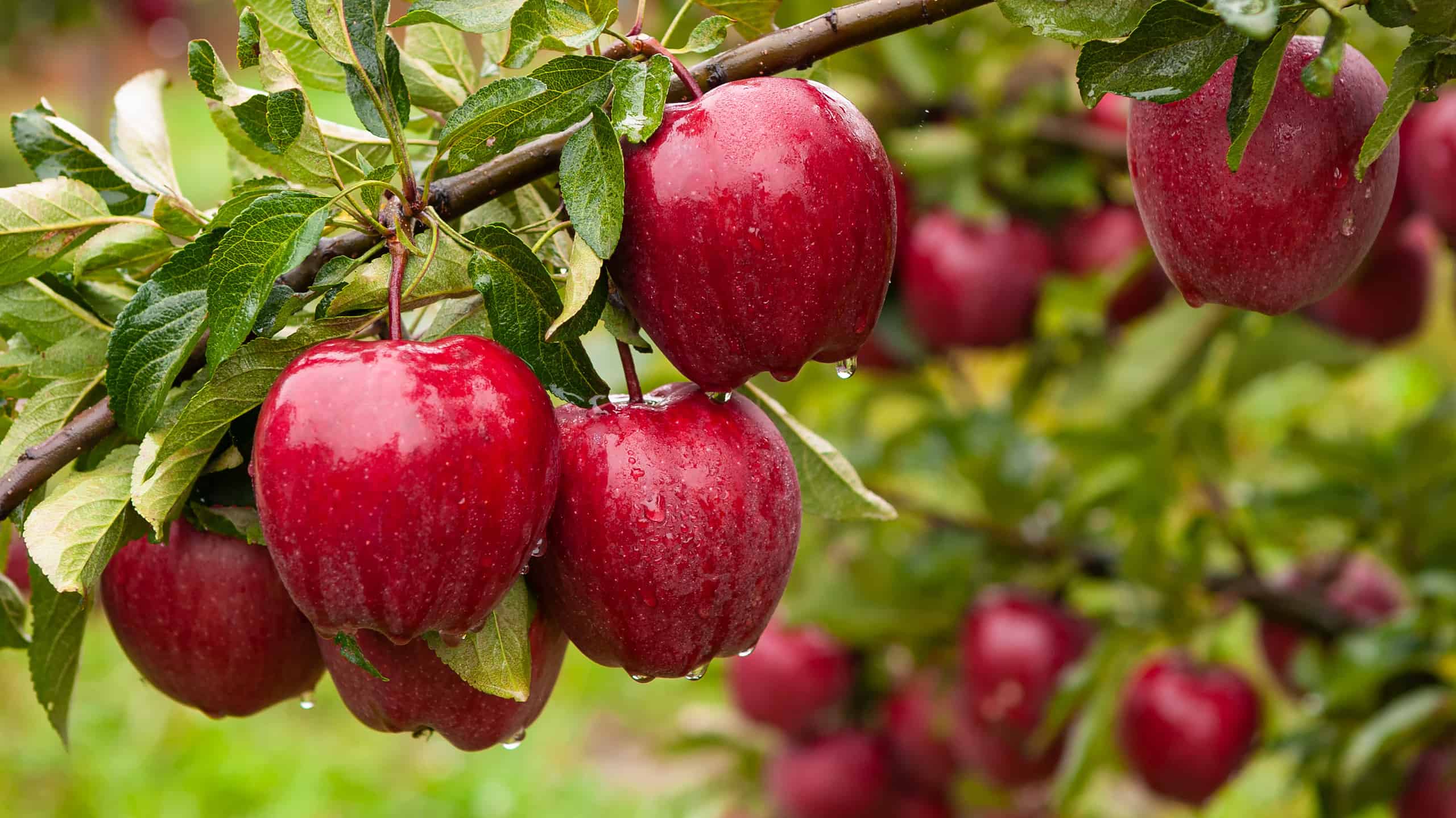
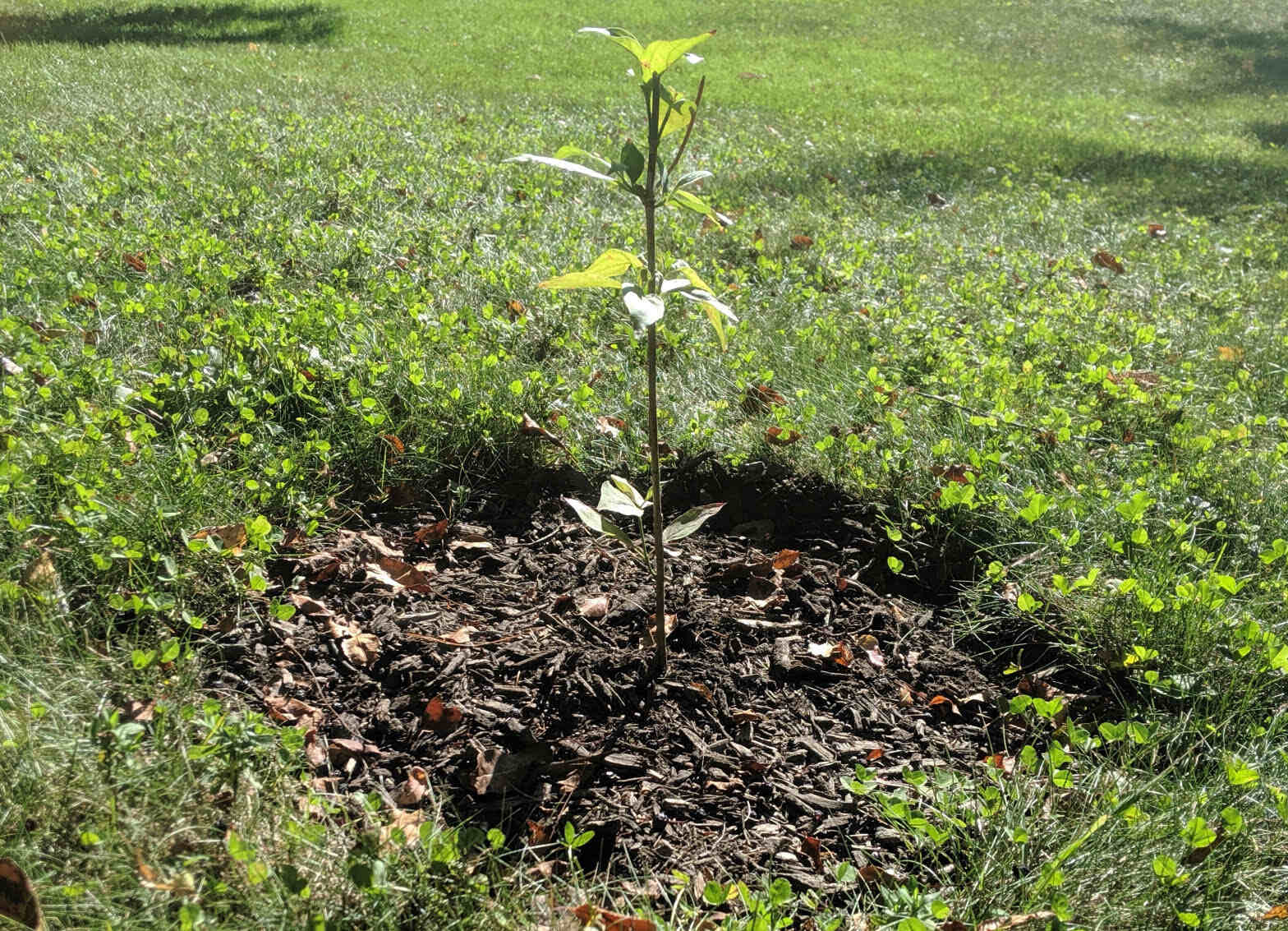
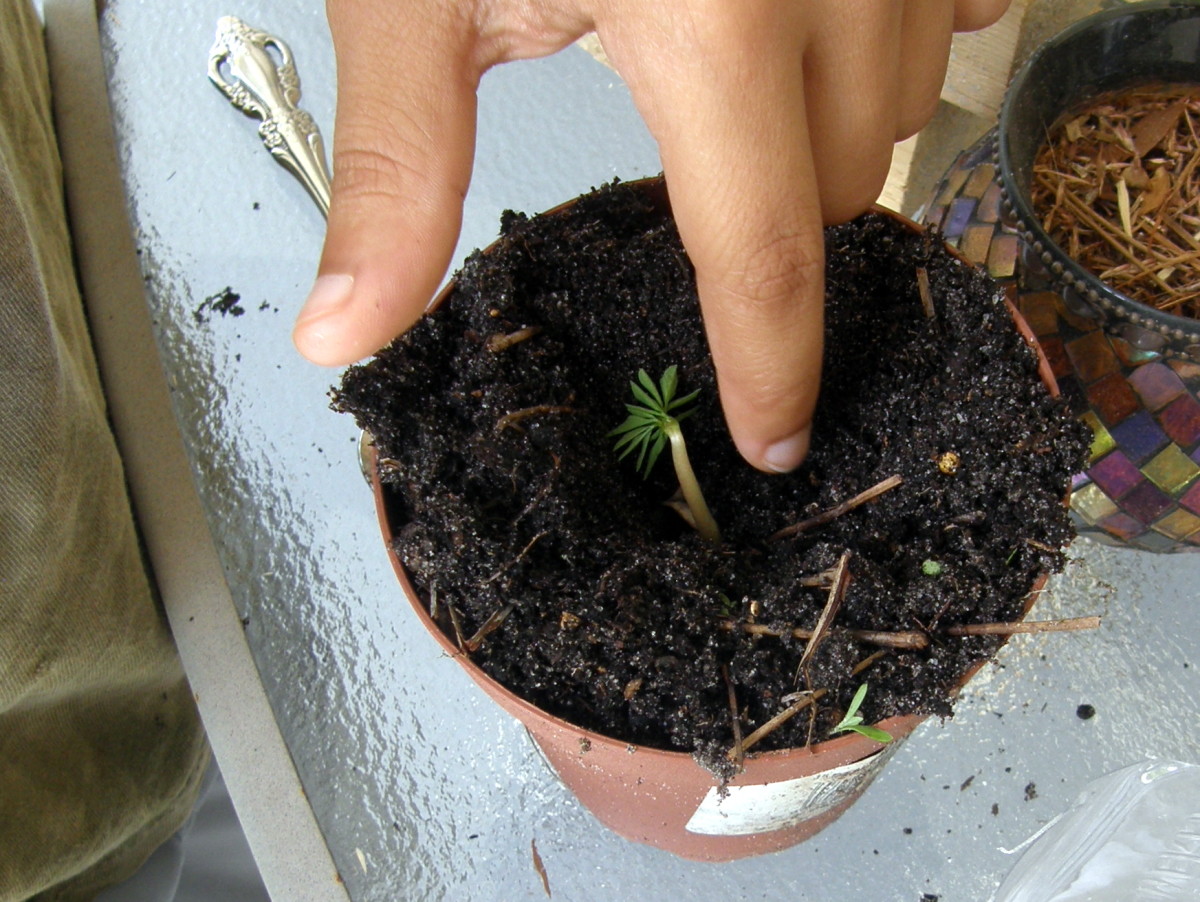
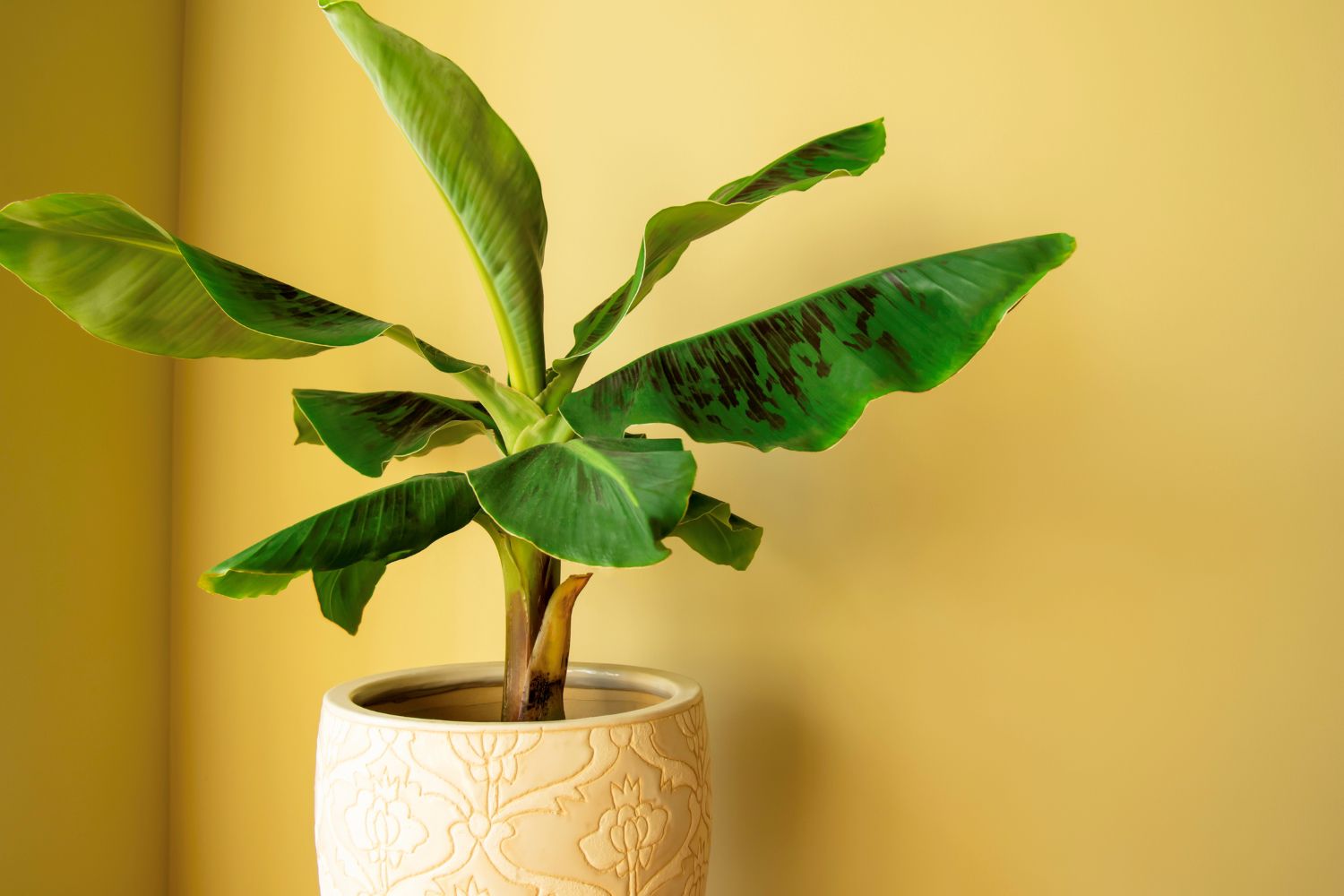
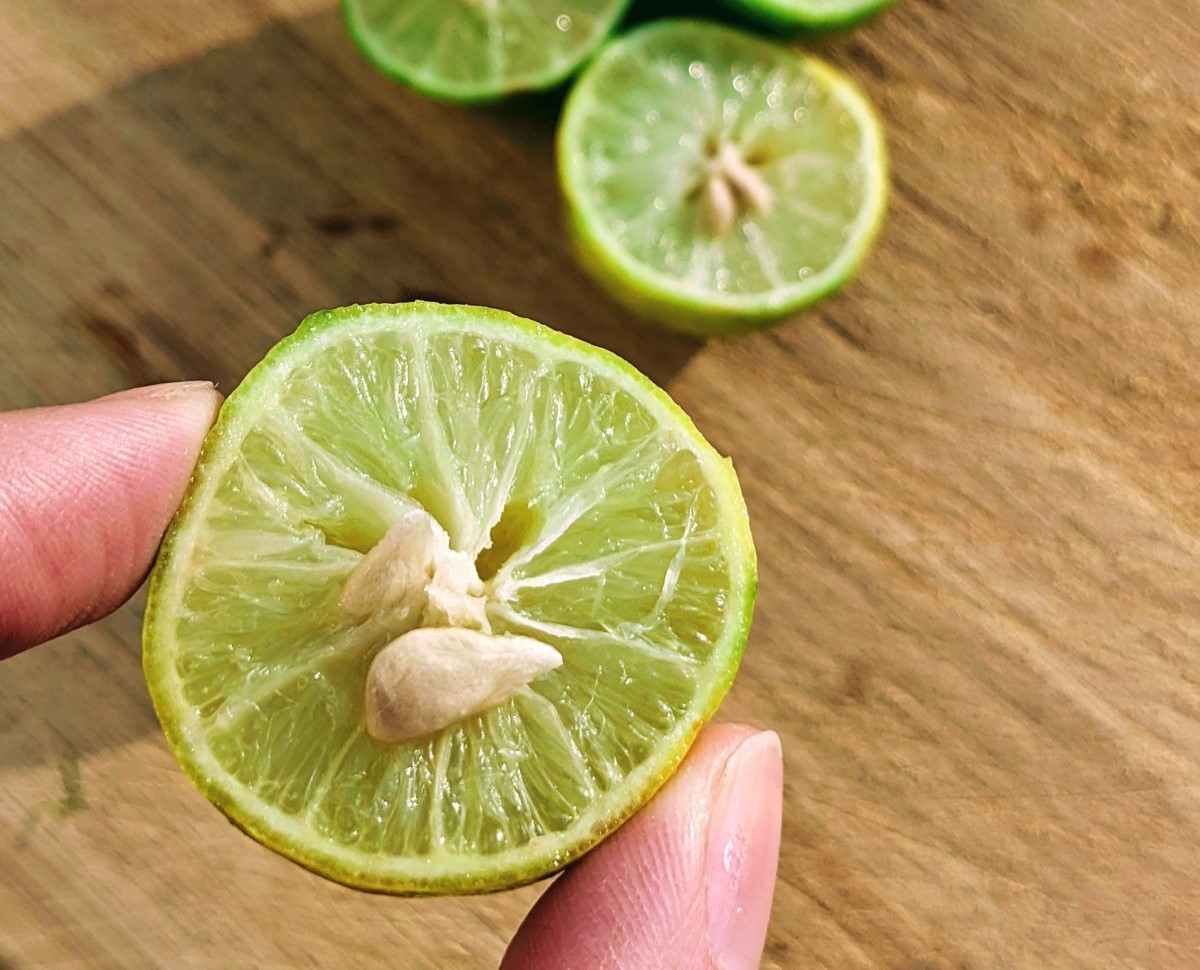
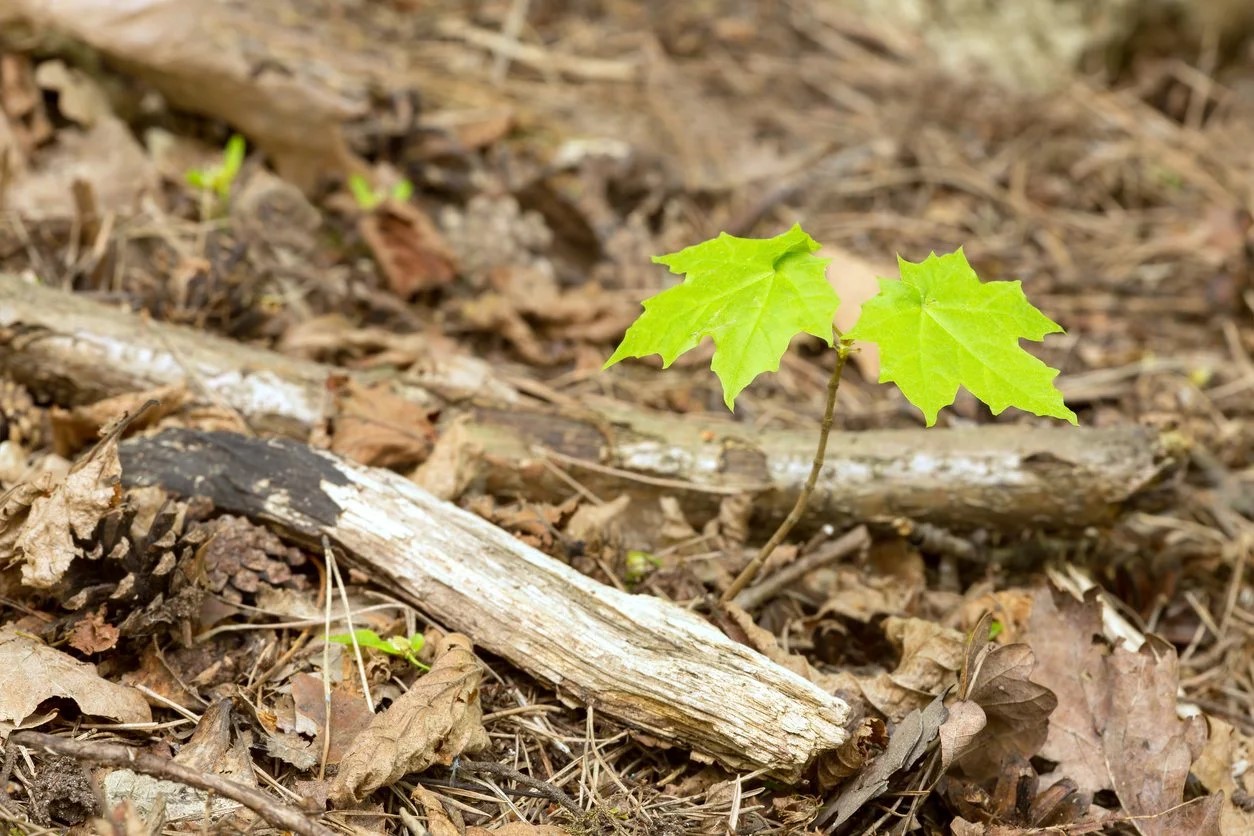
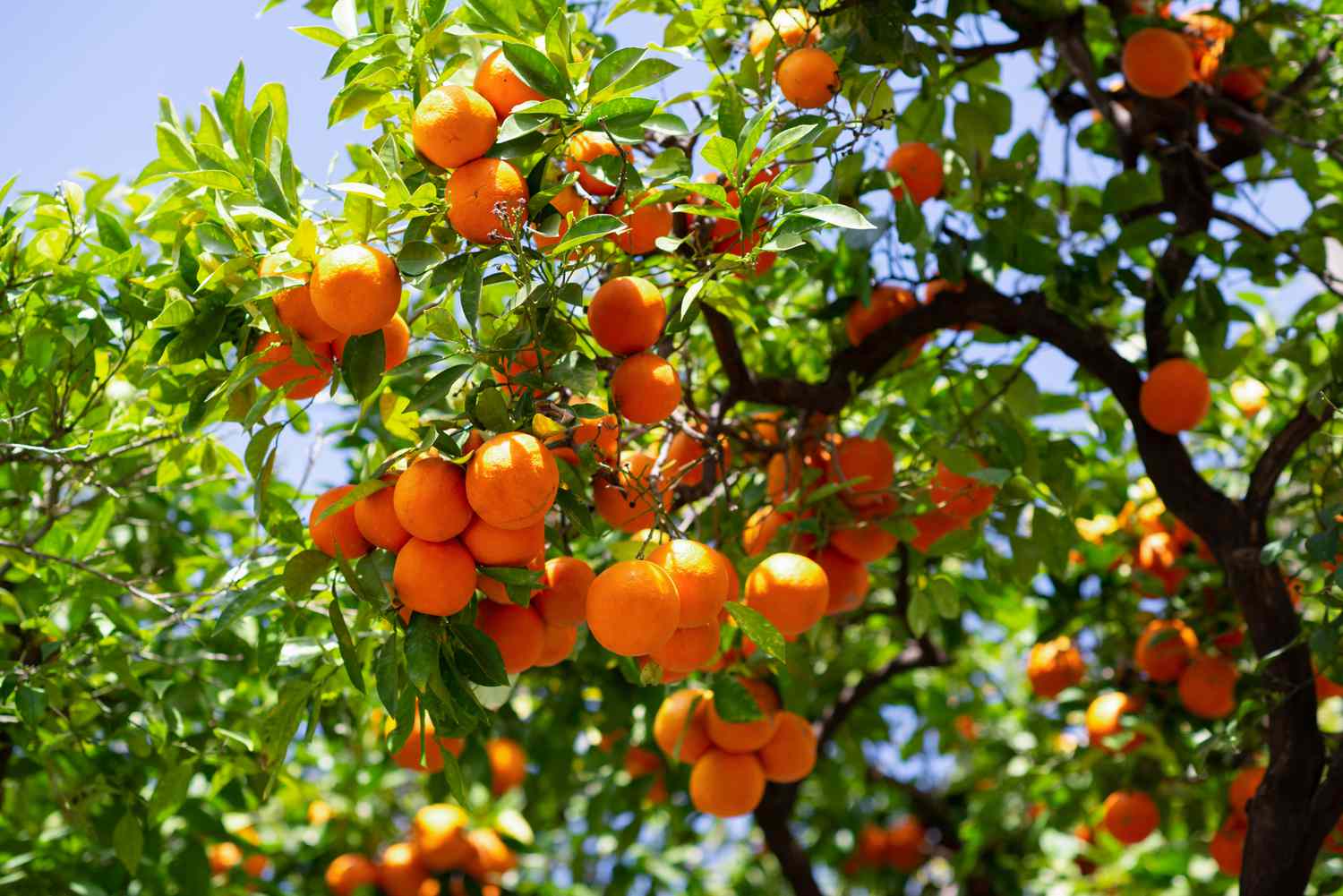
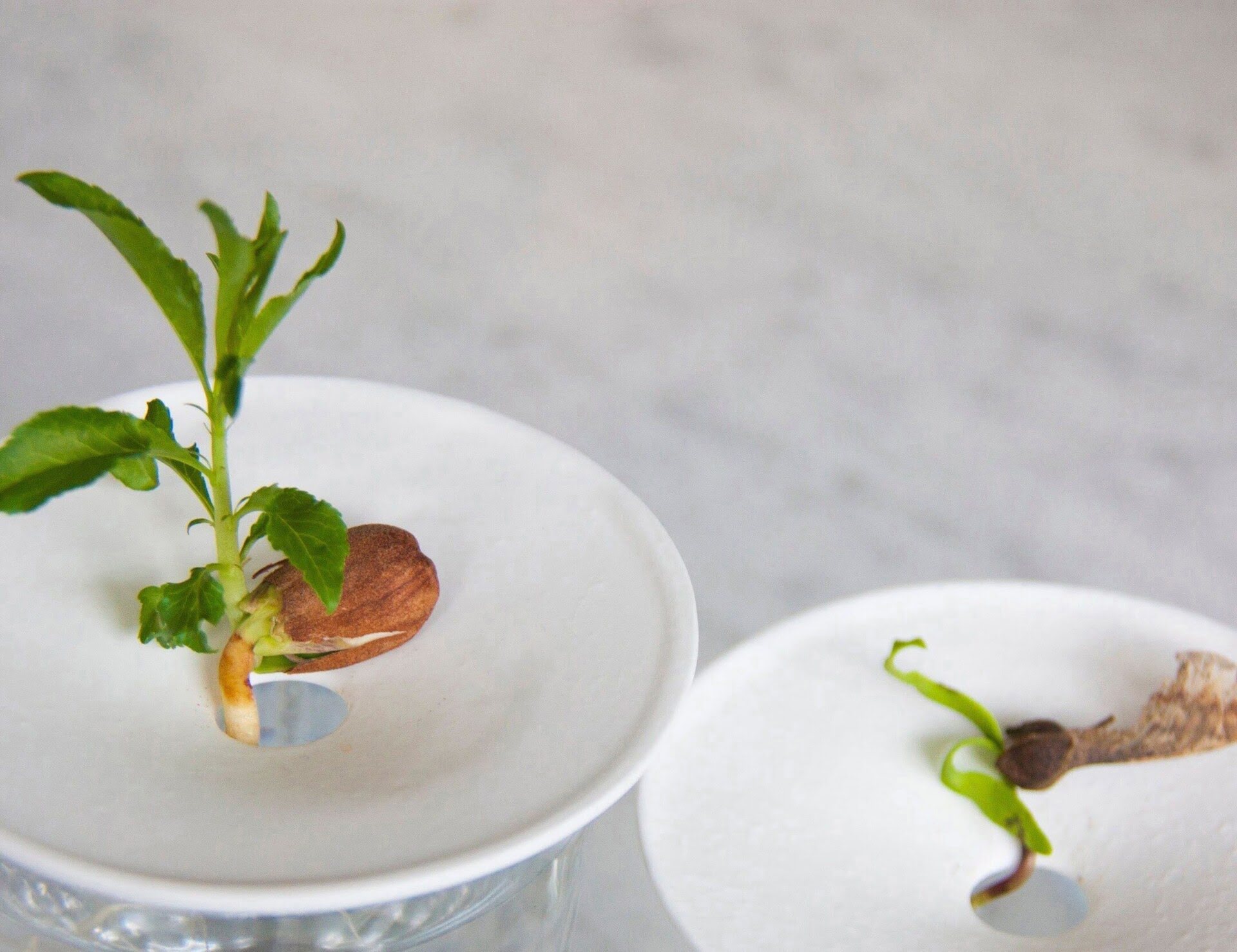
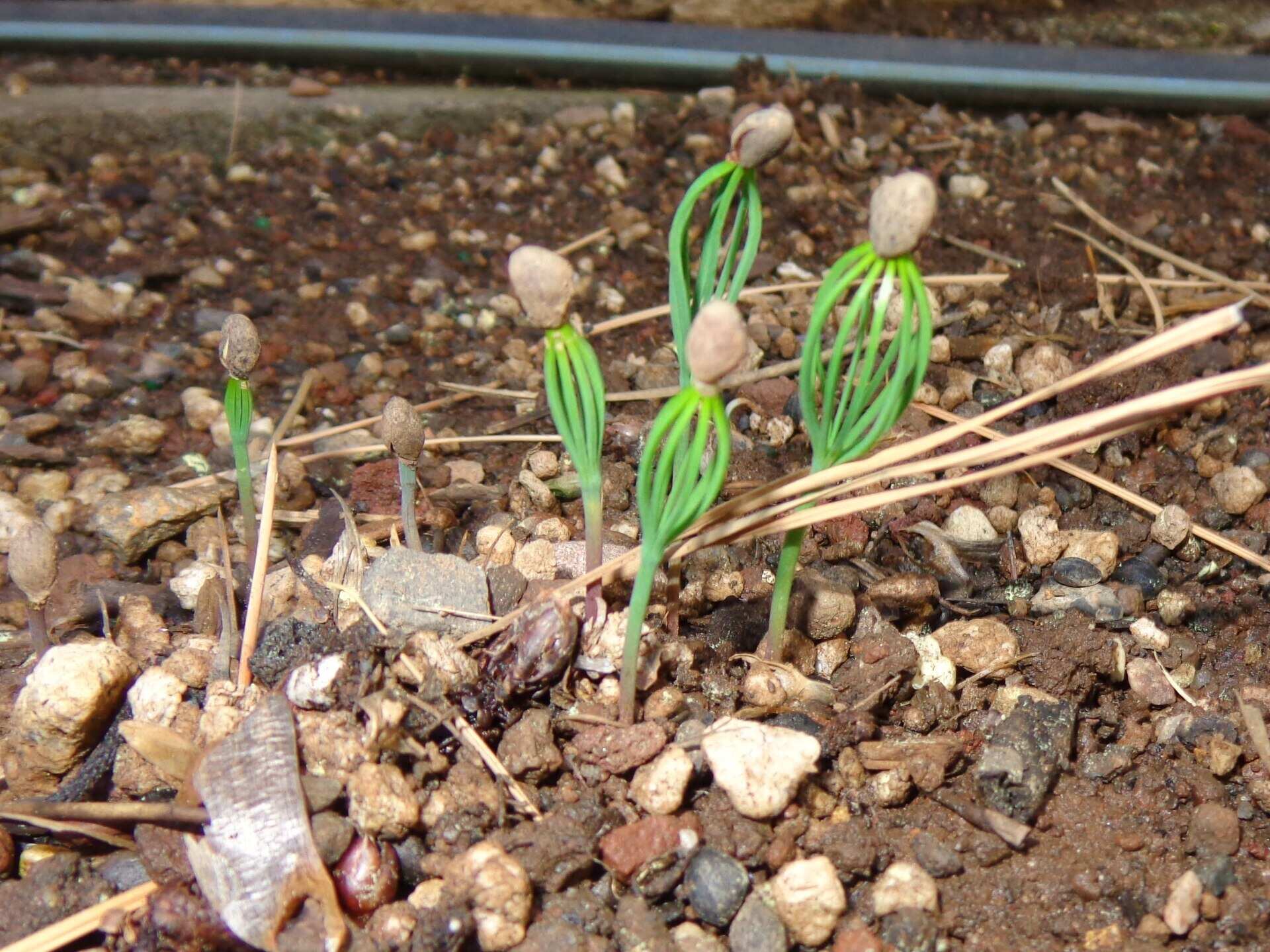
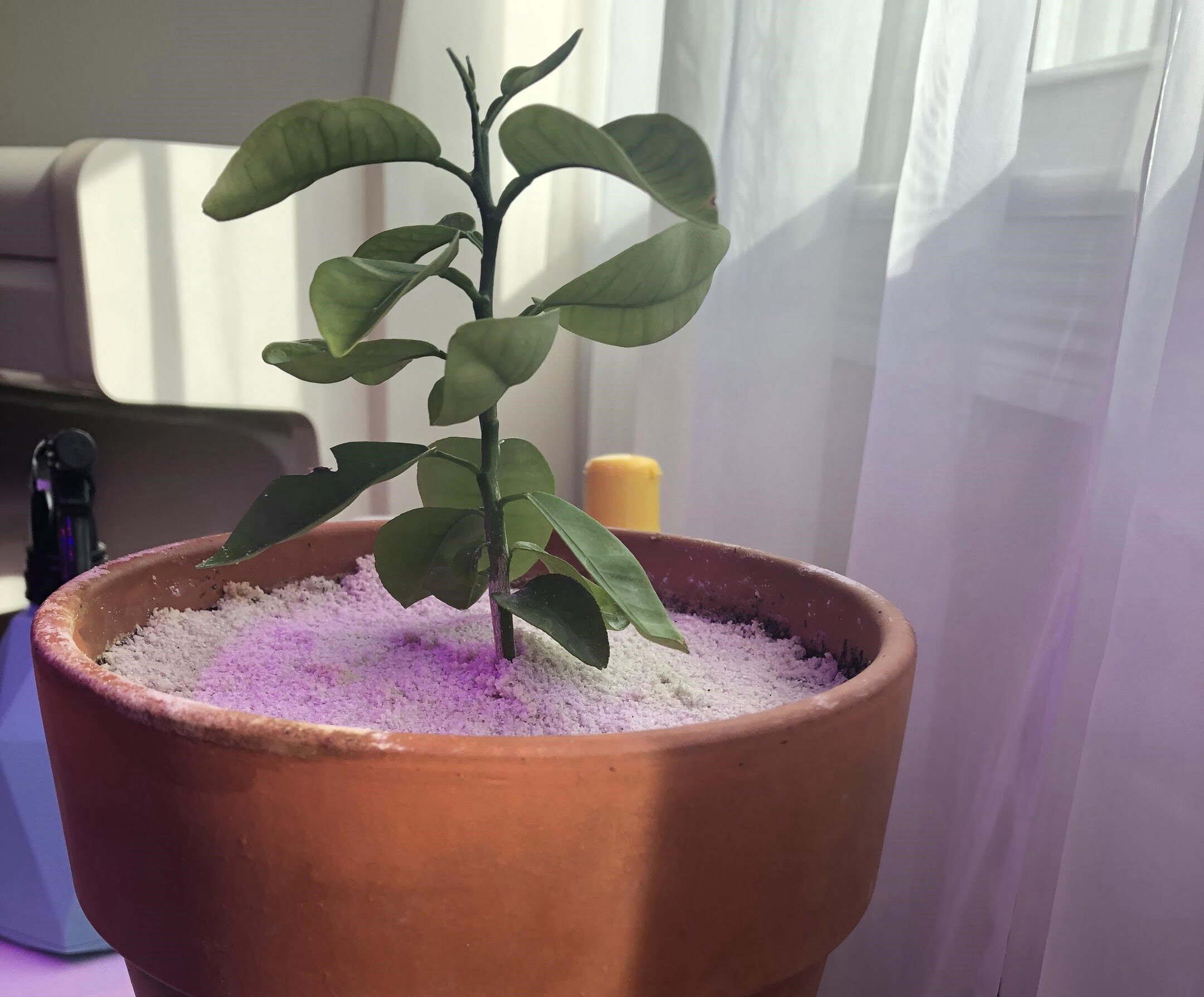
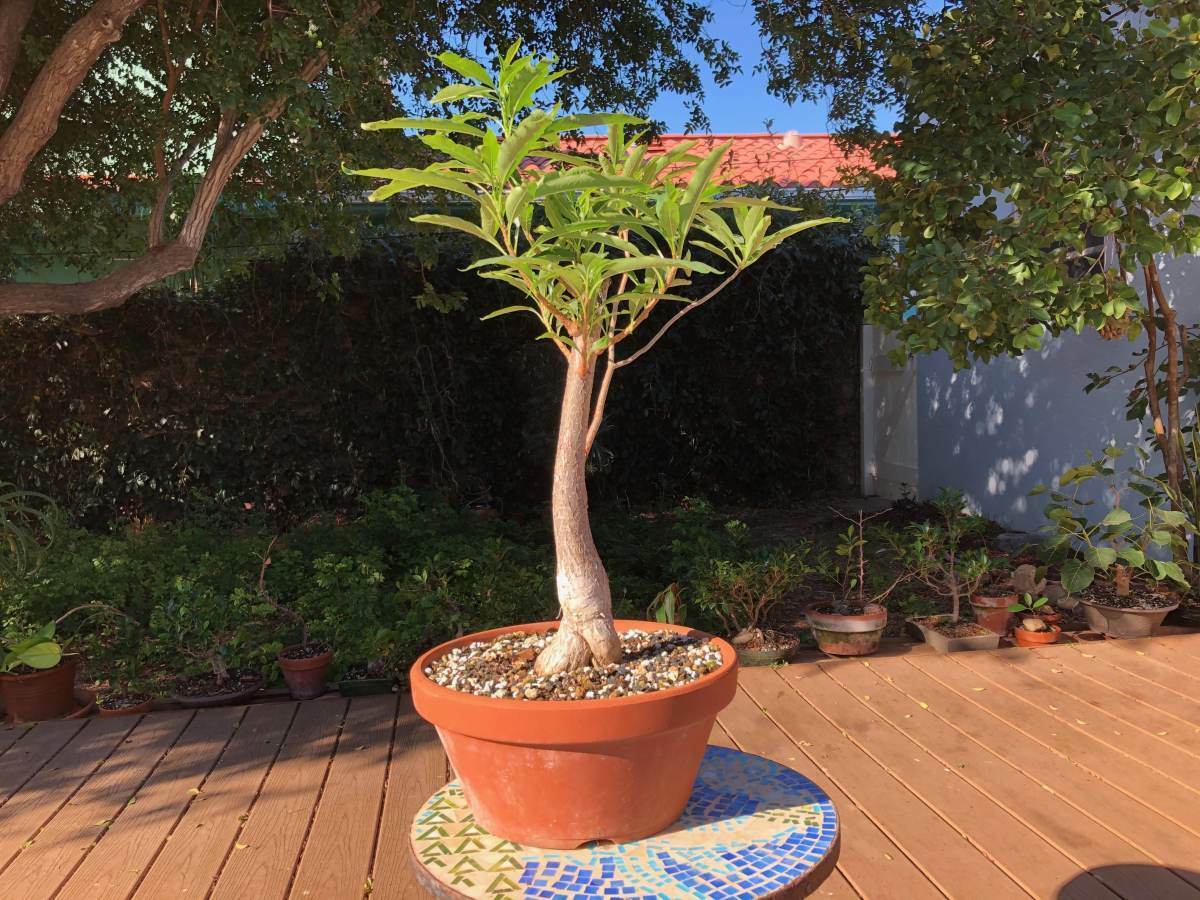
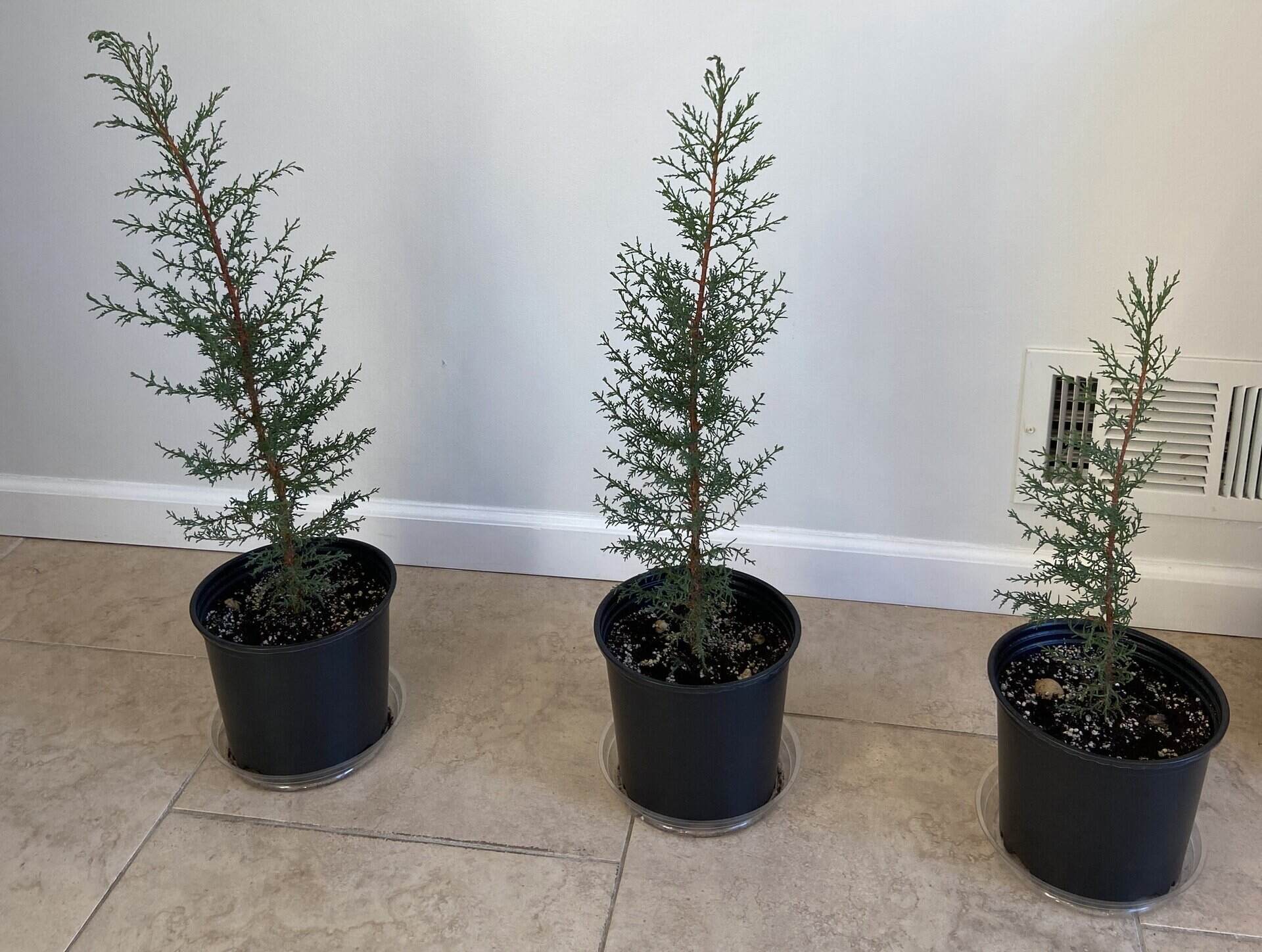


0 thoughts on “How To Grow A Tangerine Tree From Seed”